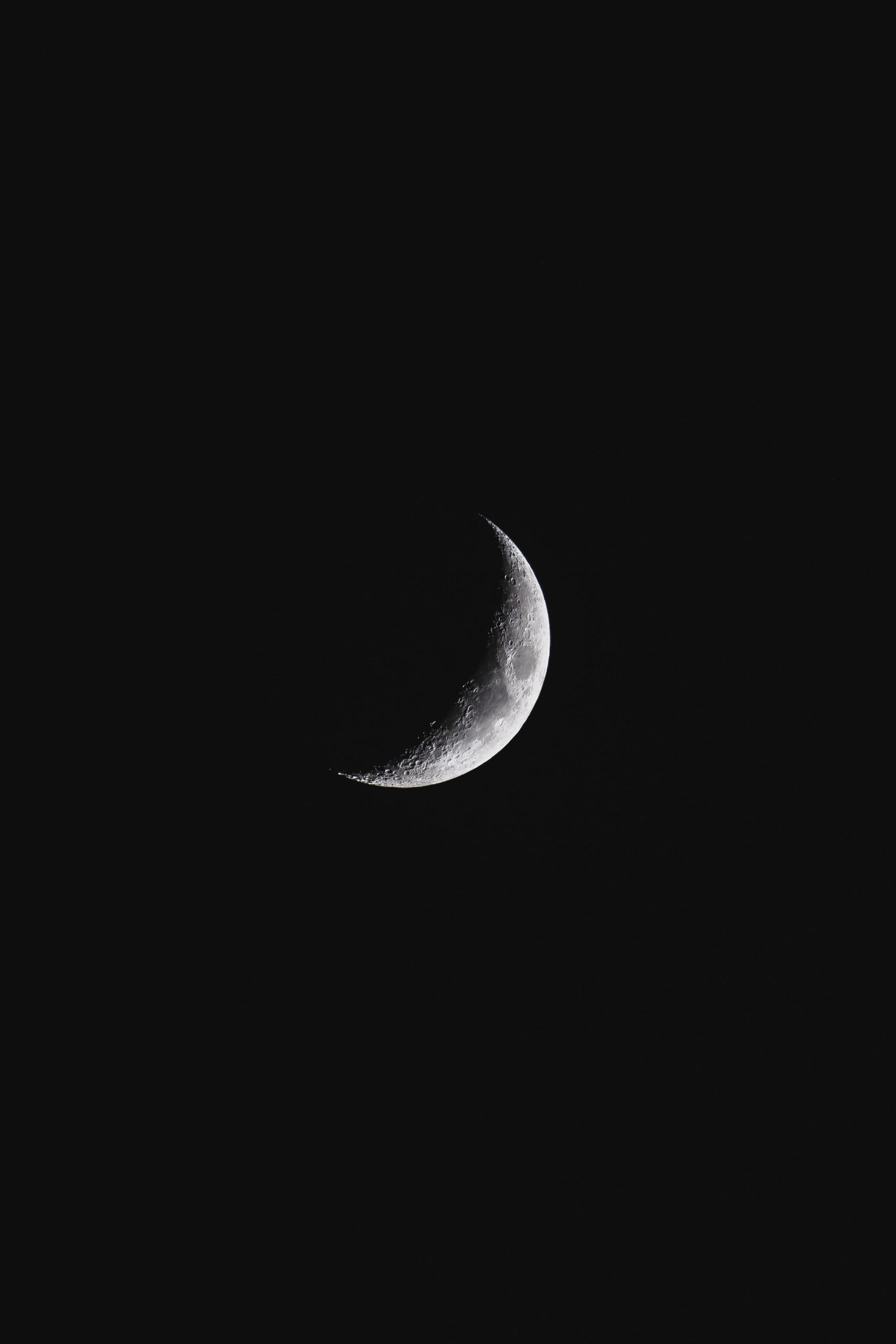What is a Waning Crescent Phase?
The moon is a fascinating celestial body that has captured the attention and imagination of humans for thousands of years. Its different phases, from the full moon to the new moon, have been the subject of countless myths, legends, and scientific study. One of the final stages of the lunar cycle is the waning crescent phase, which marks the gradual disappearance of the moon until it enters the new moon phase. In this blog post, we will explore the waning crescent phase in detail and delve into its significance.
Understanding Lunar Phases
Before we dive into the specifics of the waning crescent phase, let’s take a moment to understand the basics of lunar phases. The moon’s cycle begins with the new moon, where the moon is completely invisible from Earth. As the moon moves through its orbit, it gradually becomes visible, reaching its first quarter phase, then the full moon phase, and finally the third or last quarter phase.
From the third quarter phase, the moon starts to wane or decrease in illumination, leading us to the various phases collectively referred to as the waning phases. These include the waning gibbous, the waning half-moon or last quarter, the waning crescent, and ultimately, the new moon.
The Waning Crescent Phase: A Closer Look
The waning crescent phase occurs just before the new moon phase. During this phase, the moon is only slightly illuminated, appearing as a thin crescent that seems to fade away as it approaches the new moon. The word “waning” refers to the decreasing illumination, while “crescent” describes the moon’s shape, resembling a curved sliver of light.
At this point in the lunar cycle, the moon is positioned between the Earth and the sun. The sun’s light illuminates the side of the moon facing away from Earth, making it appear dim from our vantage point. As the moon continues its journey around the Earth, the illuminated portion becomes smaller and smaller, until it finally merges with the sun, and the new moon phase begins.
Characteristics of the Waning Crescent Phase
1. Visibility: The waning crescent phase is the least visible phase of the lunar cycle. Its faint illumination often makes it challenging to spot in the night sky without the aid of binoculars or a telescope.
2. Duration: The waning crescent phase typically lasts for about 3-4 days before transitioning into the new moon phase. However, the exact duration may vary slightly from one cycle to another.
3. Position: As previously mentioned, during the waning crescent phase, the moon is located between the Earth and the sun. This positioning contributes to its limited visibility, as the illuminated side is not facing Earth.
4. Symbolism: Symbolically, the waning crescent phase represents the completion of a lunar cycle and the preparation for a new beginning. It is a time for reflection, introspection, and letting go of what no longer serves us. Many cultures associate this phase with transformation or spiritual renewal.
Significance of the Waning Crescent Phase
While the waning crescent phase may be the least visually striking phase of the lunar cycle, it holds great significance in various aspects of human life and nature. Here are a few areas where the waning crescent phase plays a role:
Agriculture and Gardening
For farmers and gardeners, understanding the lunar cycle can provide valuable insights into the timing of planting, harvesting, and tending to crops. The waning crescent phase is considered a time for pruning, weeding, and preparing the soil for the next planting cycle. Its association with release and transformation aligns with the process of cutting back and clearing space for new growth.
Spirituality and Rituals
In many spiritual and religious practices, the waning crescent phase represents a time for purification, cleansing, and releasing negative energy. Rituals and meditation focused on letting go of the past, releasing attachments, and preparing for new beginnings are common during this phase.
Emotional and Personal Growth
On an individual level, the waning crescent phase offers an opportunity for introspection, self-reflection, and personal growth. It encourages us to release old patterns, beliefs, and emotions that no longer serve our highest good. This phase is a chance to let go of what no longer aligns with our true selves and create space for positive change.
Creative Exploration
The waning crescent phase is also regarded as a time for creative exploration and innovation. As we shed old ideas and embrace a clean slate, we tap into our imaginative potential, allowing new ideas and inspiration to flow. Artists, writers, and creators often find this phase invigorating for brainstorming new projects or experimenting with different techniques.
Observing the Waning Crescent Phase
Observing the waning crescent phase requires patience and a clear view of the sky. Since the moon is faintly illuminated during this phase, it is best observed in areas with minimal light pollution. Binoculars or a telescope can enhance the viewing experience, allowing you to discern the details of the crescent shape.
As with any sky-watching endeavor, checking the moonrise and moonset times for your location can help you plan your observation. Depending on the current lunar cycle, the waning crescent phase may be visible in the hours before sunrise, gradually disappearing as daylight intensifies.
In Conclusion
The waning crescent phase marks the final days of the lunar cycle before the arrival of the new moon. While it may be the least conspicuous phase, its symbolism and significance in various aspects of our lives cannot be overlooked. Whether it’s a time for agricultural preparations, spiritual rituals, personal growth, or creative exploration, the waning crescent phase serves as a reminder of the cyclical nature of life and the constant opportunities for renewal and transformation.
So, the next time you catch a glimpse of the delicate, fading crescent in the predawn sky, take a moment to appreciate the beauty and meaning behind this often overlooked phase of the moon.
Table of Contents
